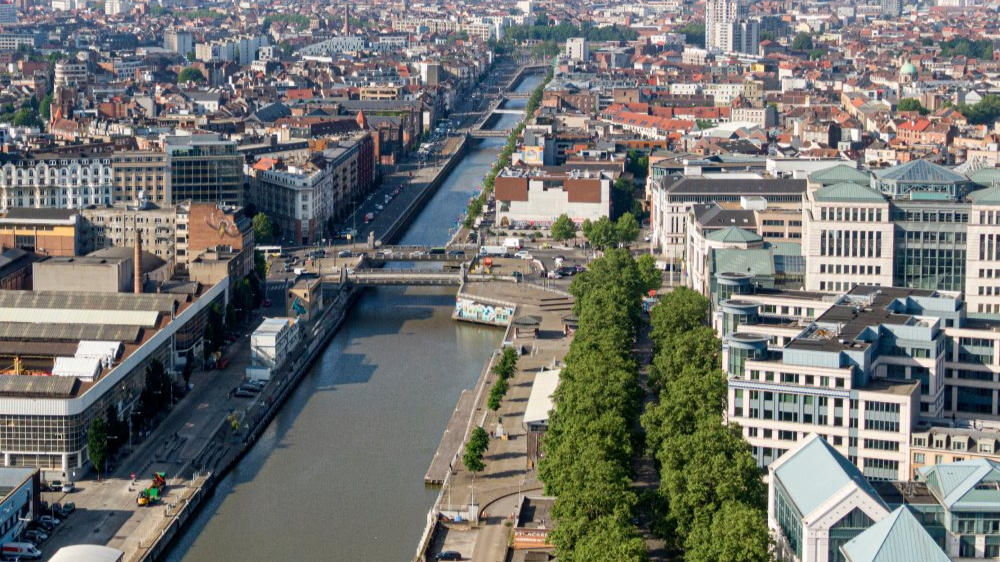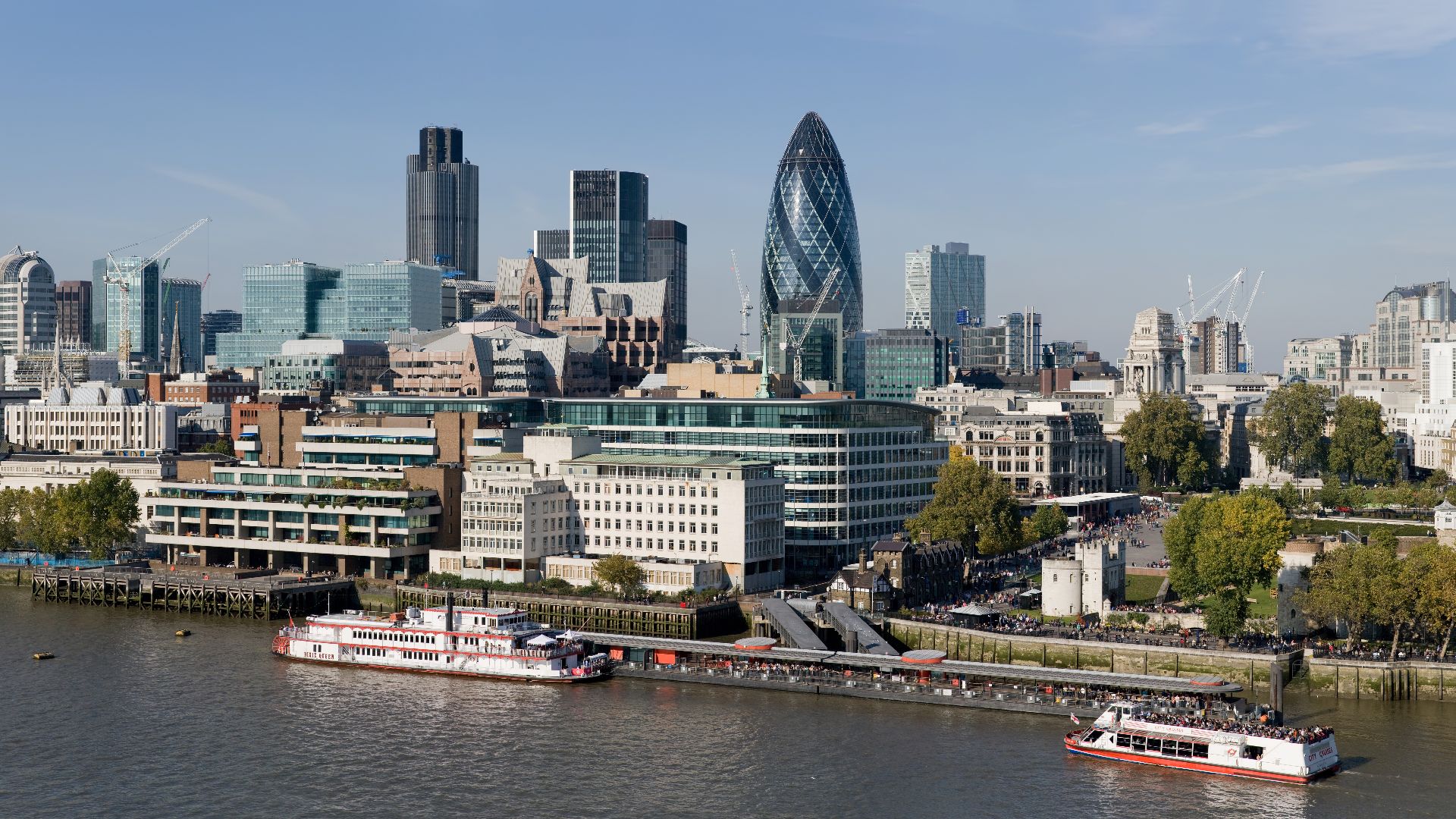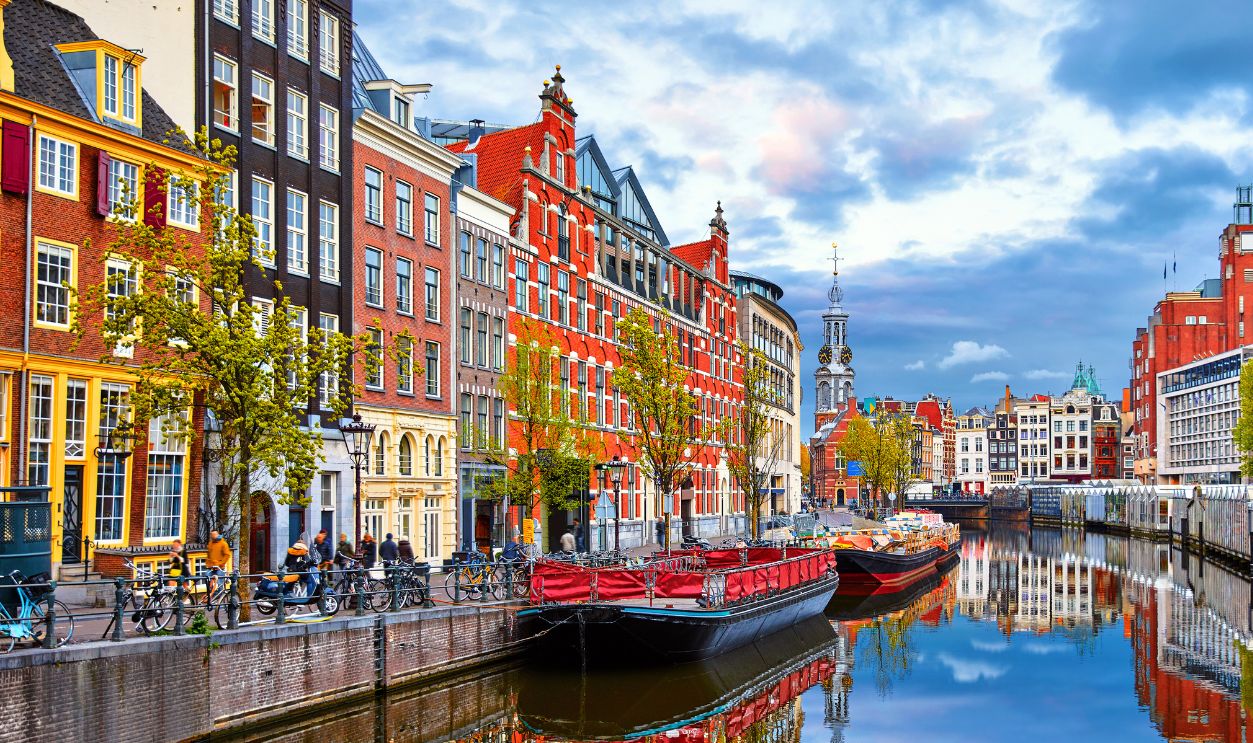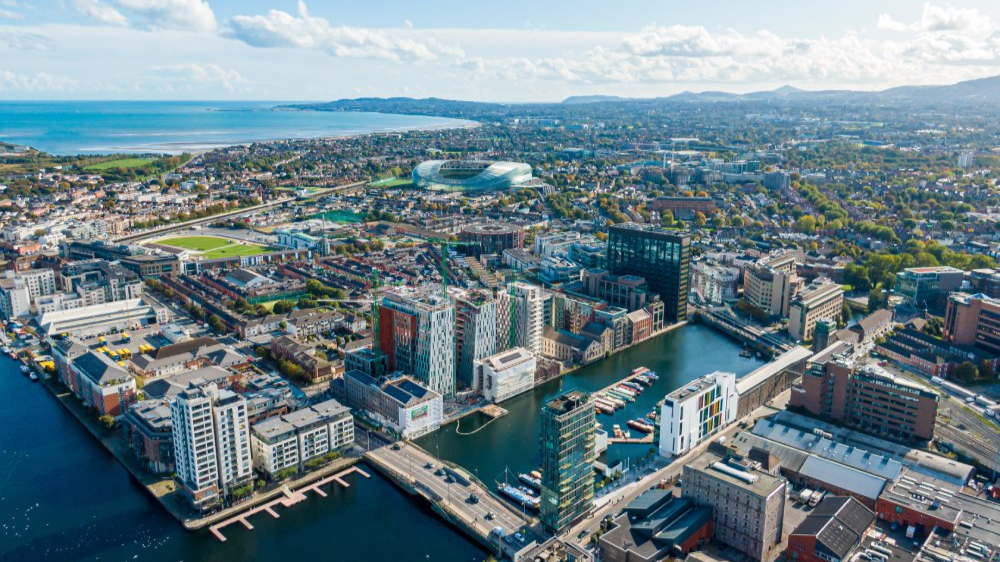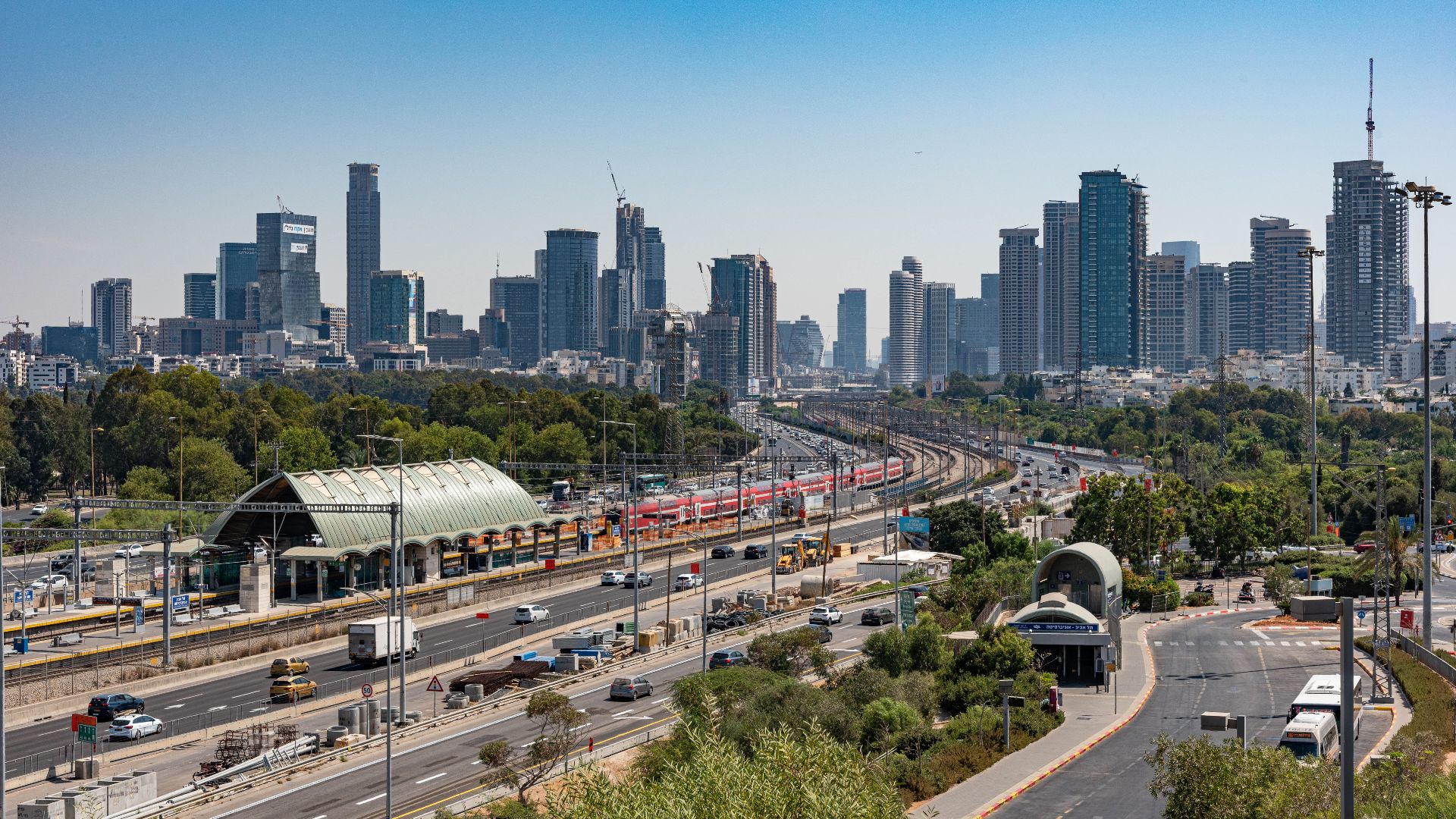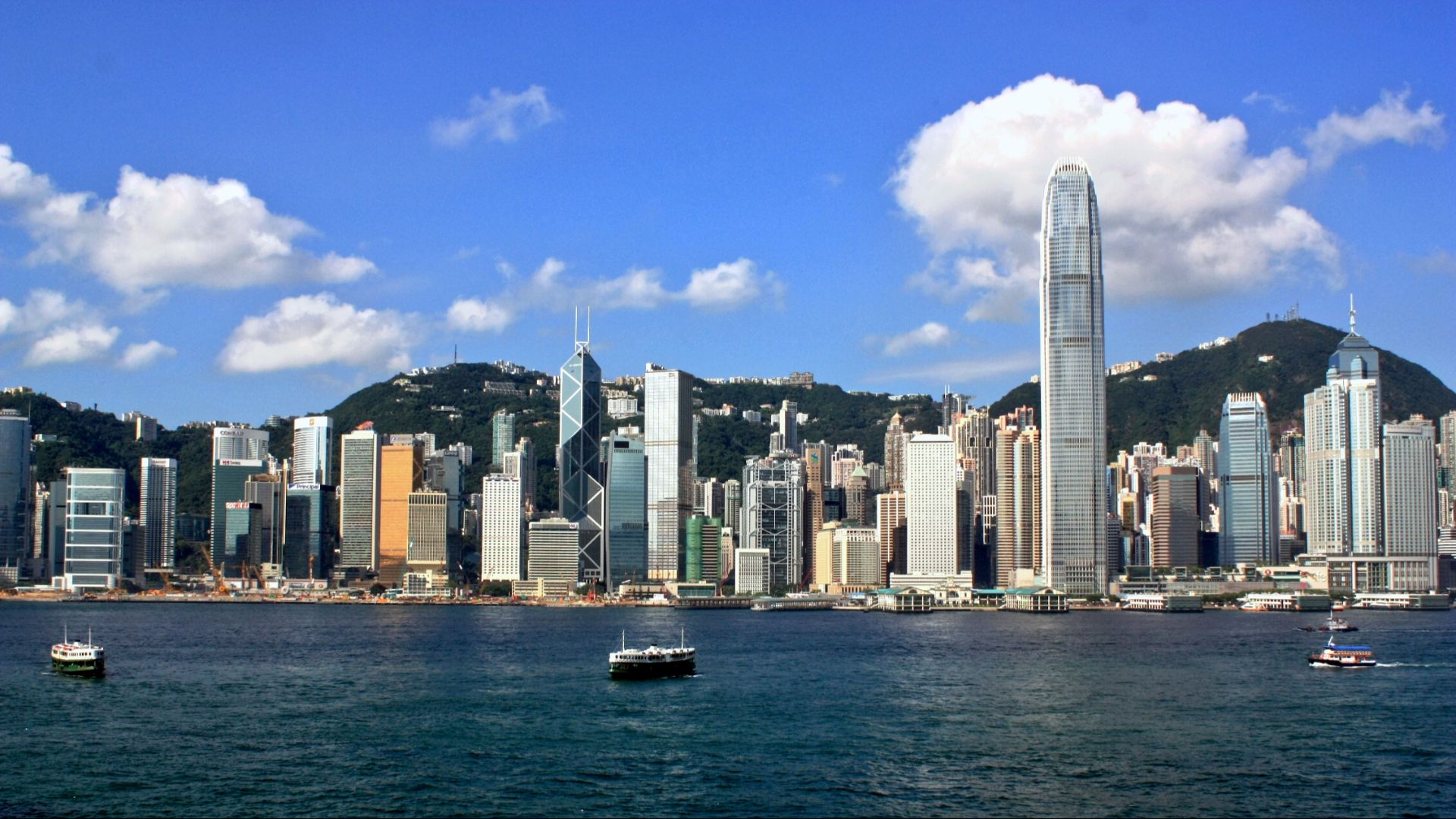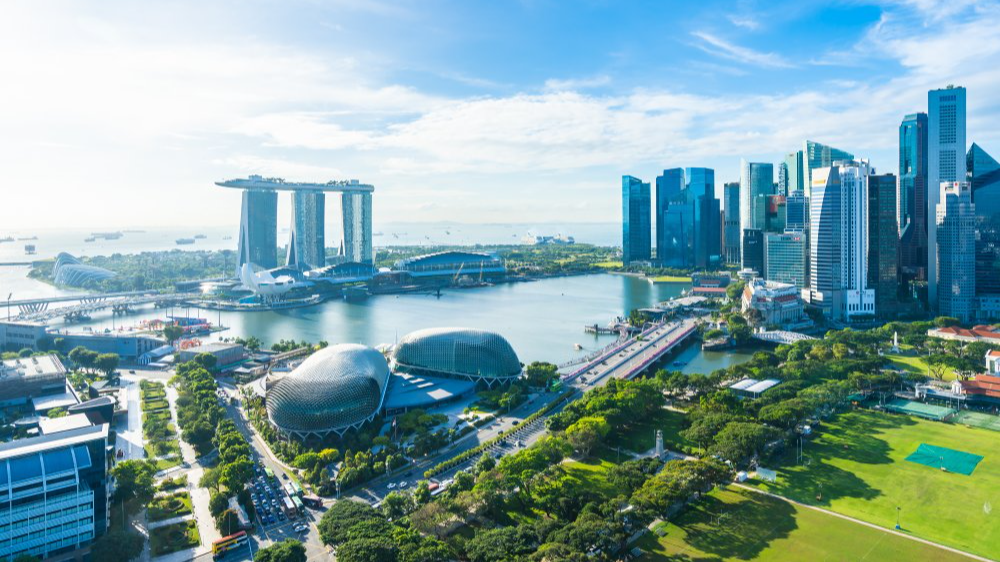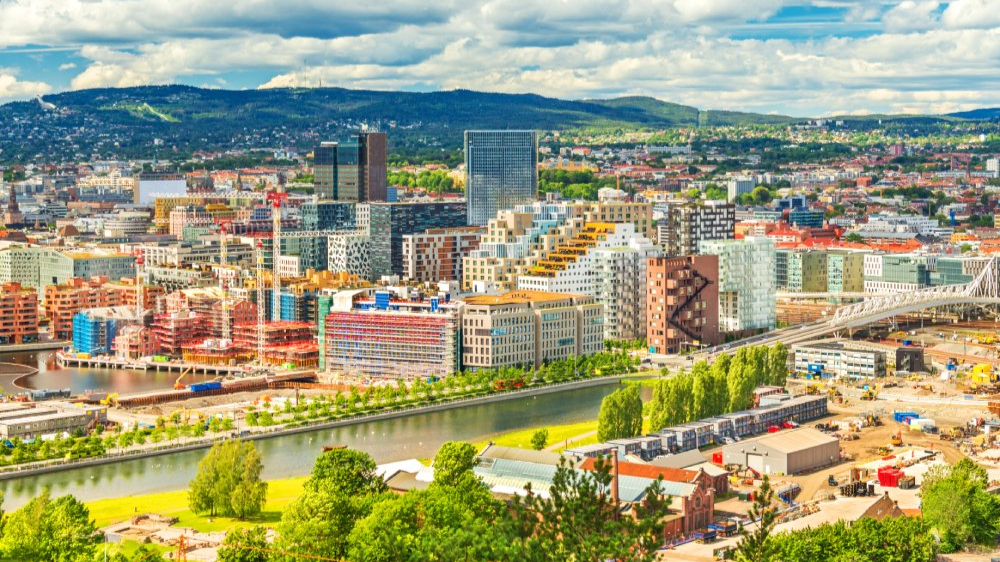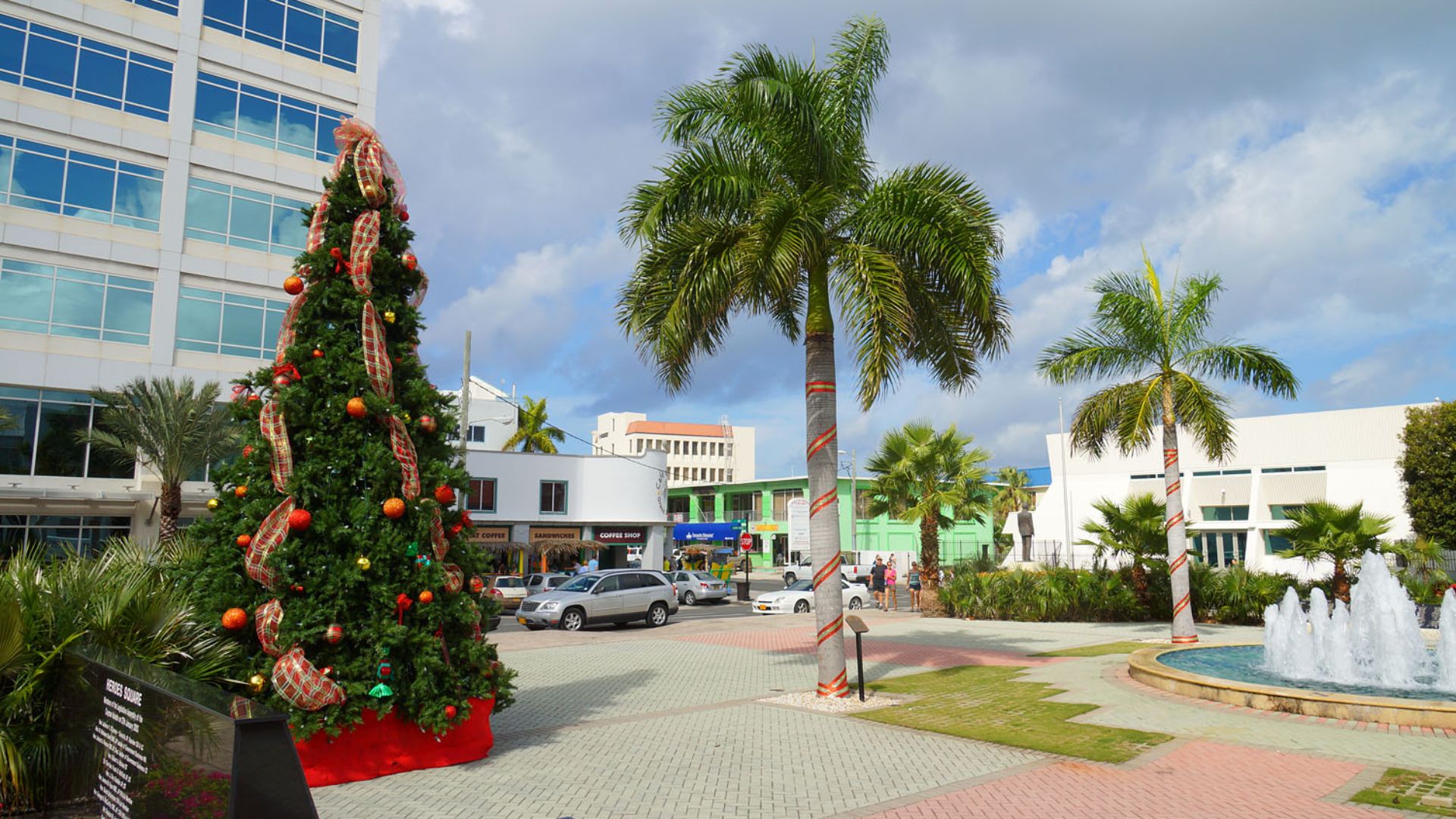The World’s Priciest Places to Call Home
From sky-high rent to grocery bills that hit the wallet hard, these are the places where your paycheck stretches the least. Using fresh 2025 data we've gone ahead and ranked the 25 most expensive countries to live in, each with key cost-of-living indicators. There are probably more than a few in the top 10 that will surprise you.
25: Canada
Cost of Living Index: 60.7
Rent Index: 31.9
Groceries Index: 67.5
Local Purchasing Power: 119.4
Canada’s housing isn’t the priciest globally, but everyday costs like food and services push up the living expenses. Strong wages help offset the higher prices, though urban living remains expensive.
24: South Korea
Cost of Living Index: 62.4
Rent Index: 17.7
Groceries Index: 80.7
Local Purchasing Power: 119.6
South Korea offers affordable housing relative to its grocery and consumer prices. Imported foods and lifestyle goods cost more, even as strong purchasing power helps locals maintain balance.
23: Sweden
Cost of Living Index: 62.8
Rent Index: 21.8
Groceries Index: 63.5
Local Purchasing Power: 141.1
Everyday goods and services come at a high cost in Sweden. Still, robust wages and purchasing power cushion residents against high food and energy prices.
22: Australia
Cost of Living Index: 63.0
Rent Index: 32.1
Groceries Index: 71.1
Local Purchasing Power: 143.8
Groceries and services are major contributors to Australia’s cost of living. High wages and purchasing power keep living standards strong, though major cities remain notoriously pricey.
21: Belgium
Cost of Living Index: 63.6
Rent Index: 22.8
Groceries Index: 61.9
Local Purchasing Power: 127.7
Housing is moderate, but consumer goods and services raise Belgium’s overall living costs. Residents benefit from strong wages and public infrastructure, balancing expense with comfort.
20: United Kingdom
Cost of Living Index: 64.2
Rent Index: 32.9
Groceries Index: 59.3
Local Purchasing Power: 127.4
Rent in the UK varies widely, but groceries and services are high across the board. Major cities like London and Oxford make life particularly expensive for residents and newcomers alike.
19: France
Cost of Living Index: 64.4
Rent Index: 22.0
Groceries Index: 70.1
Local Purchasing Power: 119.8
Groceries and dining drive up costs in France, while housing is somewhat more moderate. Strong purchasing power and universal services maintain quality of life despite everyday expenses.
18: Finland
Cost of Living Index: 64.5
Rent Index: 21.1
Groceries Index: 64.9
Local Purchasing Power: 139.5
Finland’s serene lifestyle comes with premium prices. Housing is stable, but utilities and goods cost more than in many European peers. Strong purchasing power offsets much of the difference.
17: Germany
Cost of Living Index: 64.7
Rent Index: 25.4
Groceries Index: 62.1
Local Purchasing Power: 140.4
Rent and groceries in Germany are manageable by Western Europe standards, yet the overall cost remains high. Local wages and purchasing power make life comfortable despite expenses.
16: Netherlands
Cost of Living Index: 68.1
Rent Index: 37.4
Groceries Index: 63.0
Local Purchasing Power: 139.5
Housing costs push the Netherlands higher on the global cost chart. While salaries are strong and infrastructure excellent, urban housing demand drives persistent expense pressure.
15: Ireland
Cost of Living Index: 66.6
Rent Index: 44.7
Groceries Index: 64.7
Local Purchasing Power: 117.4
Ireland’s rent prices are among Europe’s toughest. Add elevated grocery and service costs, and everyday living gets expensive fast, even with decent local purchasing power.
14: Austria
Cost of Living Index: 67.6
Rent Index: 25.0
Groceries Index: 68.6
Local Purchasing Power: 118.9
Austria balances moderate rent with expensive groceries and services. Purchasing power is steady, and the excellent quality of life keeps residents satisfied despite higher costs.
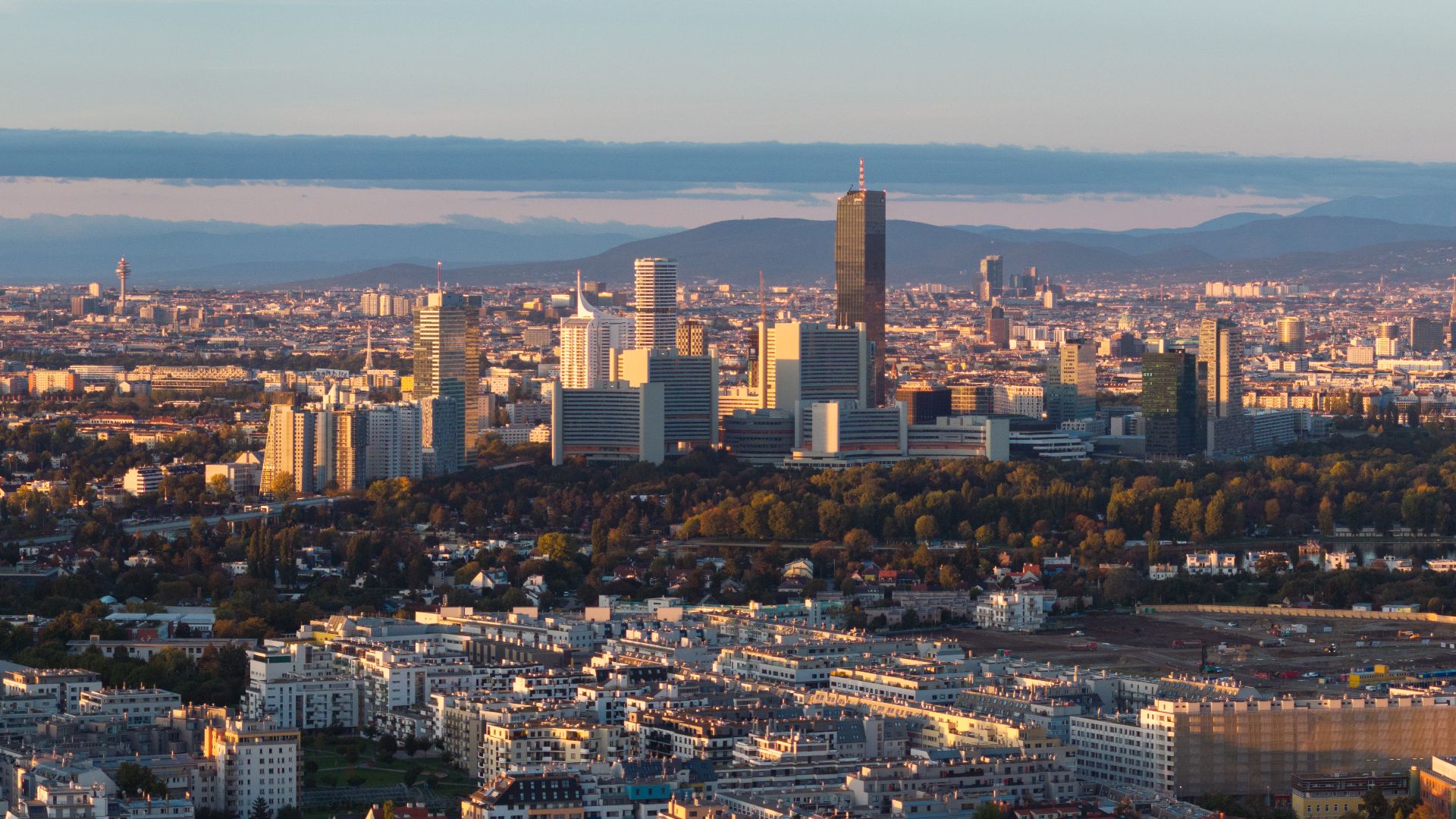 Spicypepper999, Wikimedia Commons
Spicypepper999, Wikimedia Commons
13: Israel
Cost of Living Index: 69.6
Rent Index: 28.7
Groceries Index: 65.1
Local Purchasing Power: 124.2
Housing is moderate, but groceries and utilities are costly. Israel’s high consumer prices make it one of the most expensive countries in the Middle East to live in.
12: Guernsey
Cost of Living Index: 70.2
Rent Index: 52.5
Groceries Index: 72.4
Local Purchasing Power: 147.4
Rent and groceries are steep on this small Channel Island. Despite the high living costs, residents enjoy excellent infrastructure and impressive purchasing power.
 Andrew Milligan sumo, Wikimedia Commons
Andrew Milligan sumo, Wikimedia Commons
11: Hong Kong
Cost of Living Index: 72.2
Rent Index: 57.0
Groceries Index: 68.9
Local Purchasing Power: 110.4
Housing costs dominate budgets in Hong Kong. Space scarcity keeps rent high, and imported groceries raise prices further, though incomes and purchasing power stay competitive.
10: Bahamas
Cost of Living Index: 81.4
Rent Index: 37.5
Groceries Index: 79.3
Local Purchasing Power: 51.7
Reliance on imports drives up nearly every category—from groceries to energy. High costs are offset slightly by tourism income, but locals feel the financial pressure daily.
9: Barbados
Cost of Living Index: 70.0
Rent Index: 35.6
Groceries Index: 66.8
Local Purchasing Power: 48.1
Barbados’s tropical beauty hides some serious sticker shock. Imports inflate prices across essentials, and tourism keeps demand—and cost—consistently high.
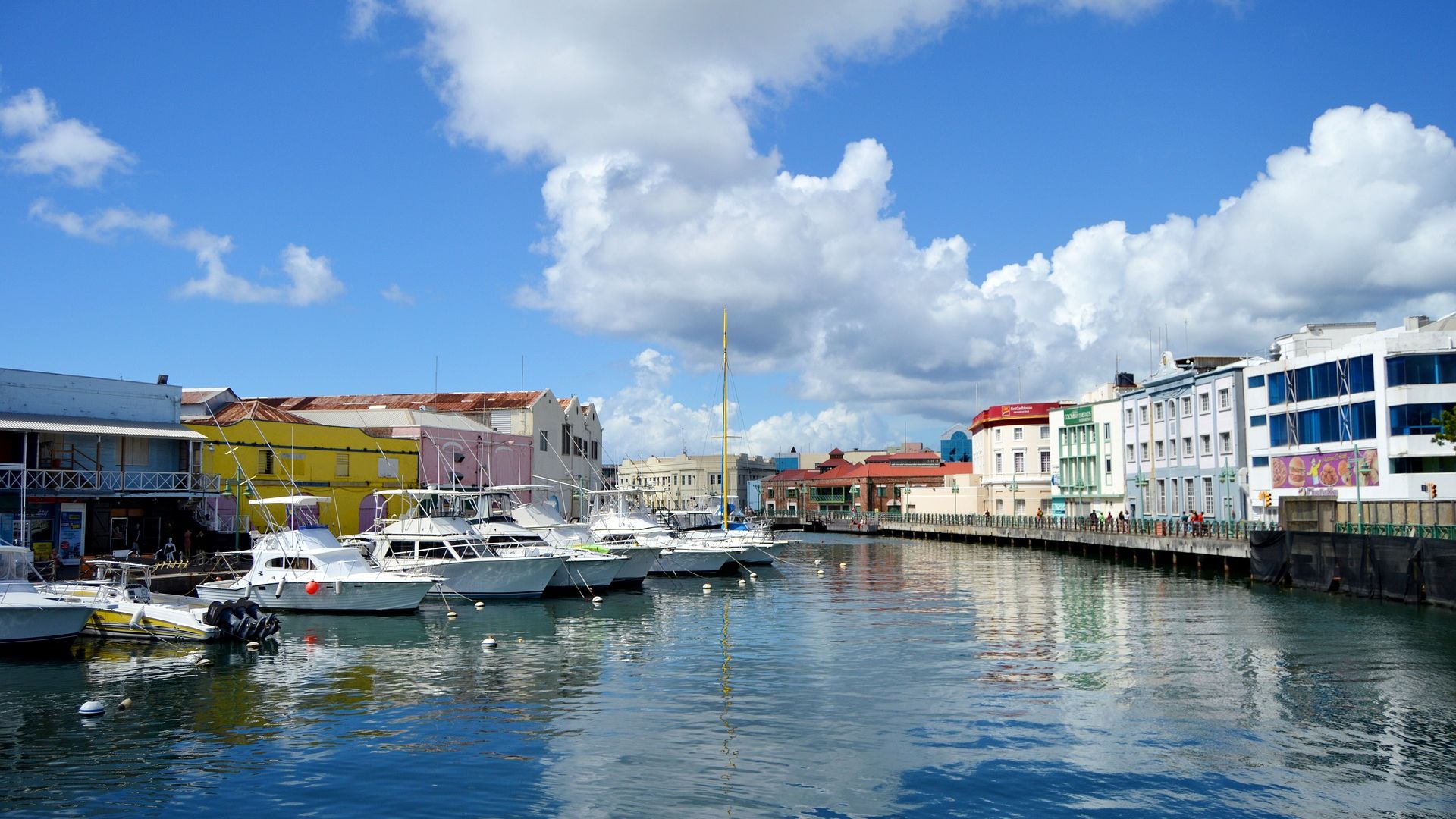 Scott S Bateman, Wikimedia Commons
Scott S Bateman, Wikimedia Commons
8: Singapore
Cost of Living Index: 85.3
Rent Index: 75.1
Groceries Index: 70.9
Local Purchasing Power: 103.0
Singapore’s limited land and strong economy make housing and food pricey. Its high purchasing power helps residents manage, but it remains one of Asia’s most expensive cities to call home.
7: United States
Cost of Living Index: 64.8
Rent Index: 41.3
Groceries Index: 63.7
Local Purchasing Power: 157.2
Housing and healthcare push U.S. costs higher than most, with wide regional differences. High average wages mean strong purchasing power, yet urban costs remain a strain for many households.
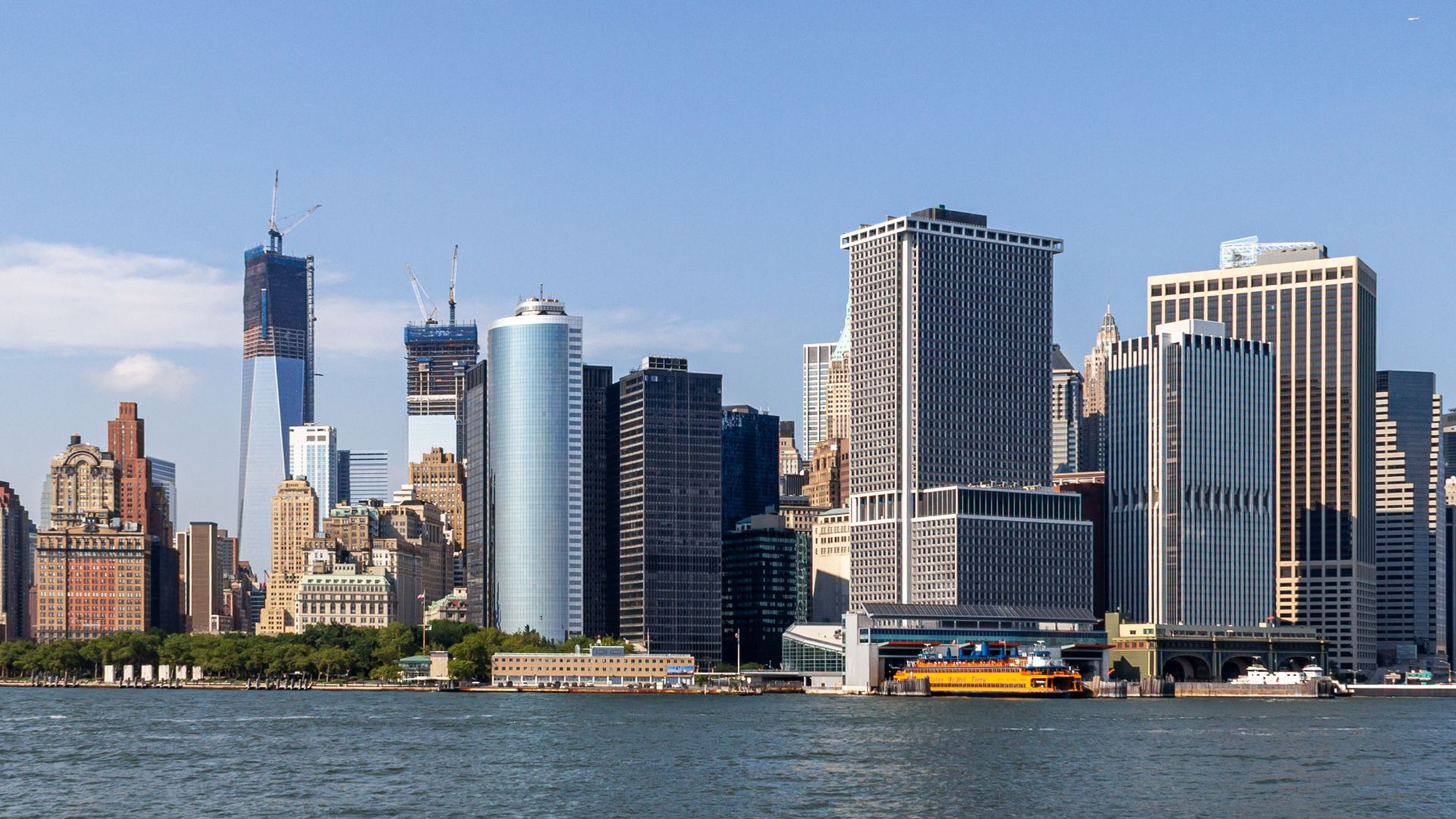 Dietmar Rabich, Wikimedia Commons
Dietmar Rabich, Wikimedia Commons
6: Luxembourg
Cost of Living Index: 64.8
Rent Index: 42.2
Groceries Index: 58.4
Local Purchasing Power: 177.1
Luxembourg’s wealth fuels premium prices across rent and services. Even with top-tier purchasing power, daily costs remain among Europe’s highest.
5: Denmark
Cost of Living Index: 66.9
Rent Index: 25.7
Groceries Index: 57.6
Local Purchasing Power: 133.6
Denmark blends high wages with expensive consumer goods and services. Taxation is steep, but it funds world-class public infrastructure that helps justify the price tag.
4: Norway
Cost of Living Index: 69.0
Rent Index: 24.8
Groceries Index: 58.9
Local Purchasing Power: 119.5
Oil wealth and high wages drive Norway’s elevated prices. Food, utilities, and services cost more than average, though the strong krone and social benefits help balance the scales.
3: Iceland
Cost of Living Index: 83.4
Rent Index: 43.7
Groceries Index: 74.1
Local Purchasing Power: 123.5
Isolation and reliance on imports make life expensive. Housing, utilities, and groceries all sit at global highs, though strong wages sustain quality living for most residents.
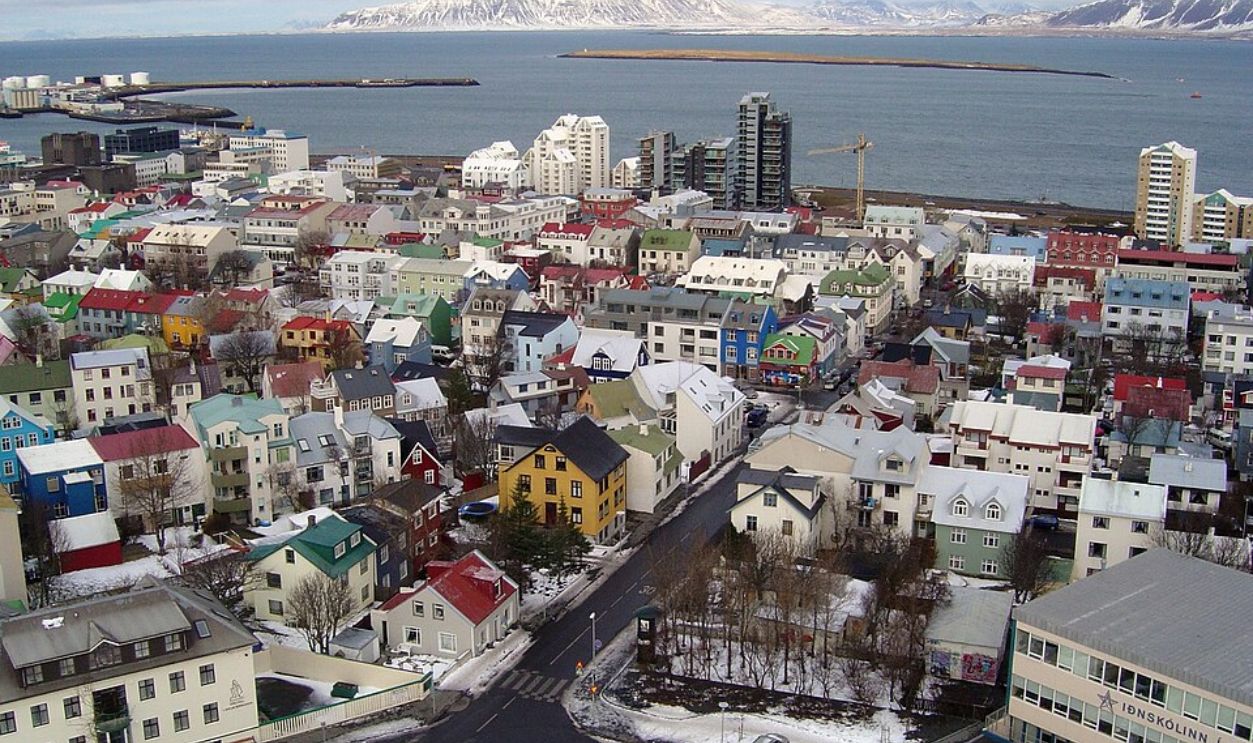 robingileo, CC0, Wikimedia Commons
robingileo, CC0, Wikimedia Commons
2: Cayman Islands
Cost of Living Index: 108.2
Rent Index: 76.3
Groceries Index: 113.9
Local Purchasing Power: 149.7
Housing and groceries top global charts. The island’s import dependence and limited supply make this one of the most expensive places on Earth, despite robust wages.
1: Switzerland
Cost of Living Index: 106.8
Rent Index: 50.6
Groceries Index: 111.9
Local Purchasing Power: 177.8
Switzerland leads the world in living costs. Everything from housing to dining carries a premium, but unmatched wages, stability, and public services make it worth the price for many.
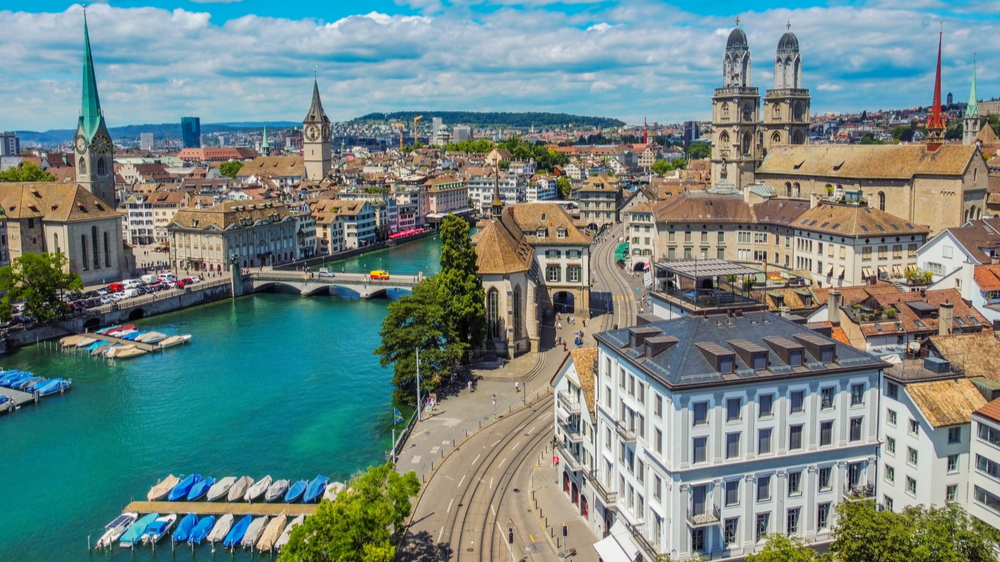 Iurii Dzivinskyi, Shutterstock
Iurii Dzivinskyi, Shutterstock
You Might Also Like:
Foodies, Take Note: These Are The 50 Best Restaurants In The World
20 Of The World’s Most Stunning Temples
Surprisingly Affordable Places In The United States To Vacation In 2025






